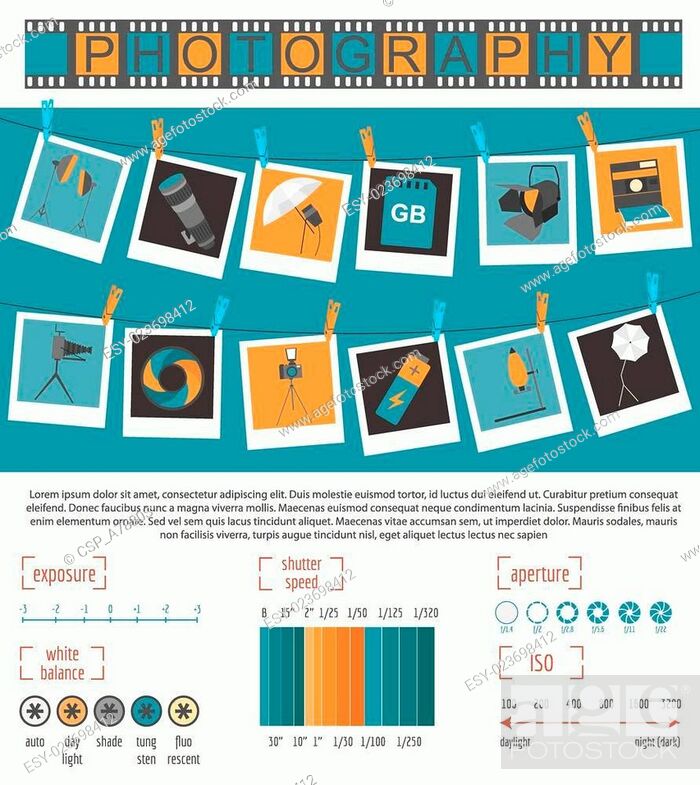Digital Photography Tips For Beginners: Grasping Your Cam In A Snap
Digital Photography Tips For Beginners: Grasping Your Cam In A Snap
Blog Article
Article By-Grant Turan
When you initially pick up your camera, it can really feel frustrating with all the setups and alternatives available. You could find yourself asking yourself exactly how to navigate aperture, shutter rate, and ISO effectively. Mastering these principles is vital, however there's more to photography than simply technical knowledge. Recognizing composition strategies and illumination conditions can boost your images significantly. So, suppose you could learn simple techniques to improve your skills and begin catching remarkable photos earlier than you believe? Let's discover exactly how to change your photography trip.
Understanding Cam Setups
Recognizing your cam setups is vital for capturing magnificent photos. When you pick up your video camera, acquaint yourself with the three main setups: aperture, shutter speed, and ISO. Each plays an important duty in exactly how your pictures turn out.
Start with aperture, which regulates the amount of light entering the lens. A larger aperture (lower f-number) lets in more light and creates a beautiful background blur, perfect for portraits. On the other hand, a narrower aperture (higher f-number) keeps more of the scene in focus, suitable for landscapes.
Next off, concentrate on shutter speed. This setup identifies the length of time your camera's sensing unit is exposed to light. A quick shutter rate freezes motion, which is terrific for activity shots, while a slow shutter speed can develop spectacular results like smooth water in landscapes.
Lastly, readjust your ISO. This setting impacts your electronic camera's sensitivity to light. A higher ISO is useful in low-light circumstances but can present sound or grain. Go for the most affordable ISO feasible while still achieving appropriate exposure.
Structure Techniques
When you're out shooting, make-up can make all the difference in how your images reverberate with audiences. Beginning by utilizing the policy of thirds; picture your structure split into nine equal sections with two straight and two upright lines. Best professional photographer near me along these lines or at their junctions to develop balance and interest.
Next off, take into professional linkedin photographer leading lines. These all-natural lines in your scene, like roads or rivers, draw the audience's eye into the picture, guiding them with the story you're informing.
Do not forget framing; usage elements within your scene, like trees or home windows, to develop a frame around your subject, including depth and focus.
Additionally, watch on your history. https://telegra.ph/Attain-A-Standout-Digital-Photography-Portfolio-By-Understanding-One-Of-A-Kind-Style-And-Compelling-Narration---Uncover-The-Esse-01-07 cluttered history can distract from your primary topic, while a straightforward one aids it attract attention.
Finally, explore symmetry and patterns; they can produce a striking picture that catches focus.
Learning Lighting Conditions
Understanding lights problems is crucial for capturing stunning photos, as the appropriate light can change an ordinary scene into something amazing.
Start by observing all-natural light at different times of the day. Mornings and late afternoons offer the very best light, called the gold hour. The soft, cozy tones throughout these times can enhance your images beautifully.
Do not avoid cloudy days either; diffused light can minimize rough shadows and develop a pleasing impact, especially for pictures.
Try out backlighting by positioning your subject versus the light. This technique can create a dreamy halo impact and add depth to your pictures.
Pay attention to your camera setups also. Change the ISO, aperture, and shutter speed to fit the lighting conditions. A higher ISO can aid in reduced light, however be cautious of grain.
Make use of a tripod in darker environments to stay clear of blur.
Last but not least, don't forget synthetic lights. Flash and constant lights can be excellent tools for controlling light in difficult problems.
Final thought
To conclude, understanding your electronic camera doesn't have to be overwhelming. By understanding your settings, using make-up methods, and utilizing the power of all-natural light, you'll rapidly boost your digital photography skills. Remember, exercise makes perfect, so get out there and try out your newly found knowledge. With time and dedication, you'll be catching magnificent images that show your special perspective. Enjoy the journey, and don't forget to enjoy while you go to it!
